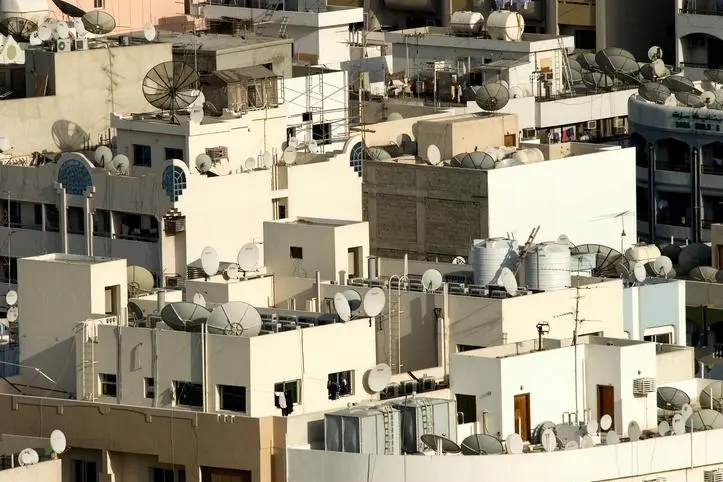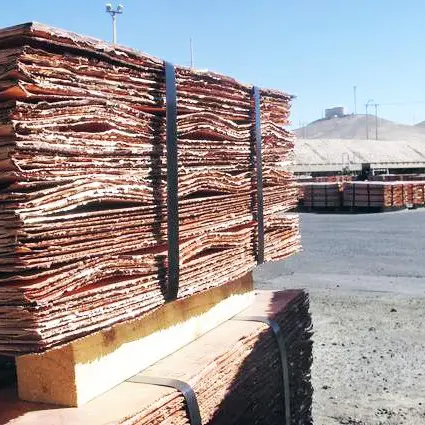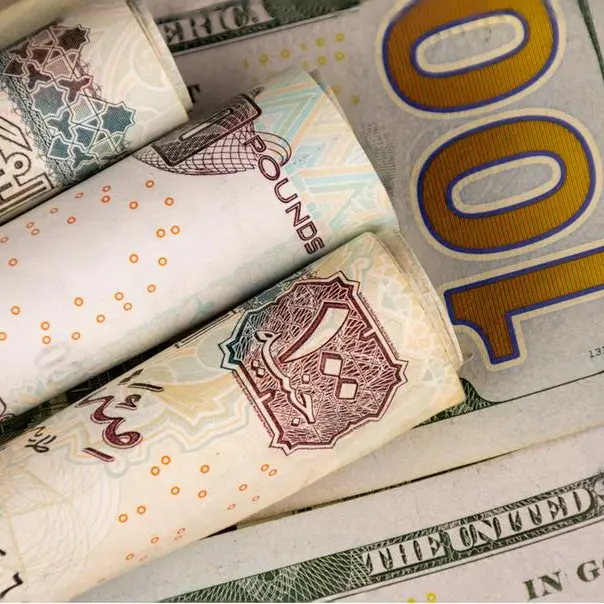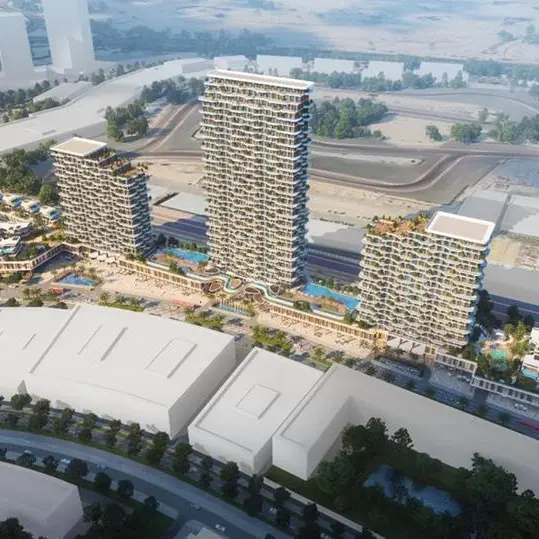PHOTO
MUSCAT – An on-going exodus of expatriate professionals, long the mainstay of Muscat’s once-thriving residential rental market, is expected to see landlords doling out incentives to attract and retain tenants amid a glut in capacity. According to a leading real estate advisory services firm, Oman’s expatriate population has declined by around 220,000 people since 2016 – a trend that has accelerated in 2019 and during the first half of this year in the wake of the COVID-19 pandemic and the economic slowdown. With expatriate professionals more likely to reside in Muscat, where much of the country’s economic activity is concentrated, the outflow is expected to have a significant impact for the residential rental market in the capital city.
However, one trend likely to be witnessed amid continuing pressure on the property sector is the emergence of tenant-friendly market conditions, a key expert at Savills Oman, specialists in real estate services, pointed out. These concessions will include, among others, more favourable payment and lease terms, said Matthew Wright, Head of Research and Consultancy.
“Rents for residential properties were historically paid annually in advance, but in recent years payments were being made every six months. However, we will see a trend of more tenant-friendly payment terms over the coming months. We can expect leases to be drawn on a monthly or quarterly payment basis,” he commented.
Participating in a panel discussion on Oman’s property market, hosted recently by Savills Oman, the expert warned that the sector is expected to continue to face pressure owing to the pandemic and economic slump. “We expect to see an on-going decline in the expatriate population living in Muscat and that will result in a reduced market size and therefore reduced demand over the coming months.”
But the downtrend in the expatriate population precedes the current pandemic-induced crisis, according to the expert. In Muscat City alone, expatriate numbers surged from around 660,000 in 2012 to 930,000 in 2016, entailing a jump of nearly 50 per cent. However, since 2017, the expat population has dropped by around 100,000 people, driving down residential rental demand and market size, he said.
In particular, the departure of expatriate professionals is having a stronger impact on the rental market in the capital region. At end of June this year, there were 30,000 fewer expat professionals in comparison to 2015 figures, with much of this outflow likely to have come at some cost to the rental market in Muscat.
Additionally, average rental values for residential apartments – particularly in the 2BHK category – have been under downward pressure in recent years. “The apartment sector has been harder hit than the villa sector.
At a very high level, there has been an average drop of 30 – 40 per cent in achievable rental values for apartments from 2014 to 2019,” said Wright, attributing the reason partly to slumping demand as a result of the expatriate outflow.
But also compounding the situation for the residential rental market is the on-going increase in the supply of apartments. For example, around 1,000 new apartments have been completed in the Boulevard area of Muscat Hills over the past two years. While many of these are investment properties, they are likely to be eventually introduced into the rental market, thereby having an impact on achievable rental values.
However, relatively unscathed are 4-bedroom villas in prime locations such as Muscat Hills, Al Mouj and Shatti Al Qurum, said Wright. Average monthly rents have remained reasonably stable over recent years, primarily because the supply of villas and townhouses in these desirable locations is limited relative to demand in these places.
Since June, the overall demand for residential rental property, while almost negligible during the period of the lockdown, has begun to pick up, according to the expert. Many tenants have also been looking for reduced rental values in comparison to asking prices, he said, adding that average rental values have dropped by around 10 – 20 per cent since the start of this year.
2020 © All right reserved for Oman Establishment for Press, Publication and Advertising (OEPPA) Provided by SyndiGate Media Inc. (Syndigate.info).























